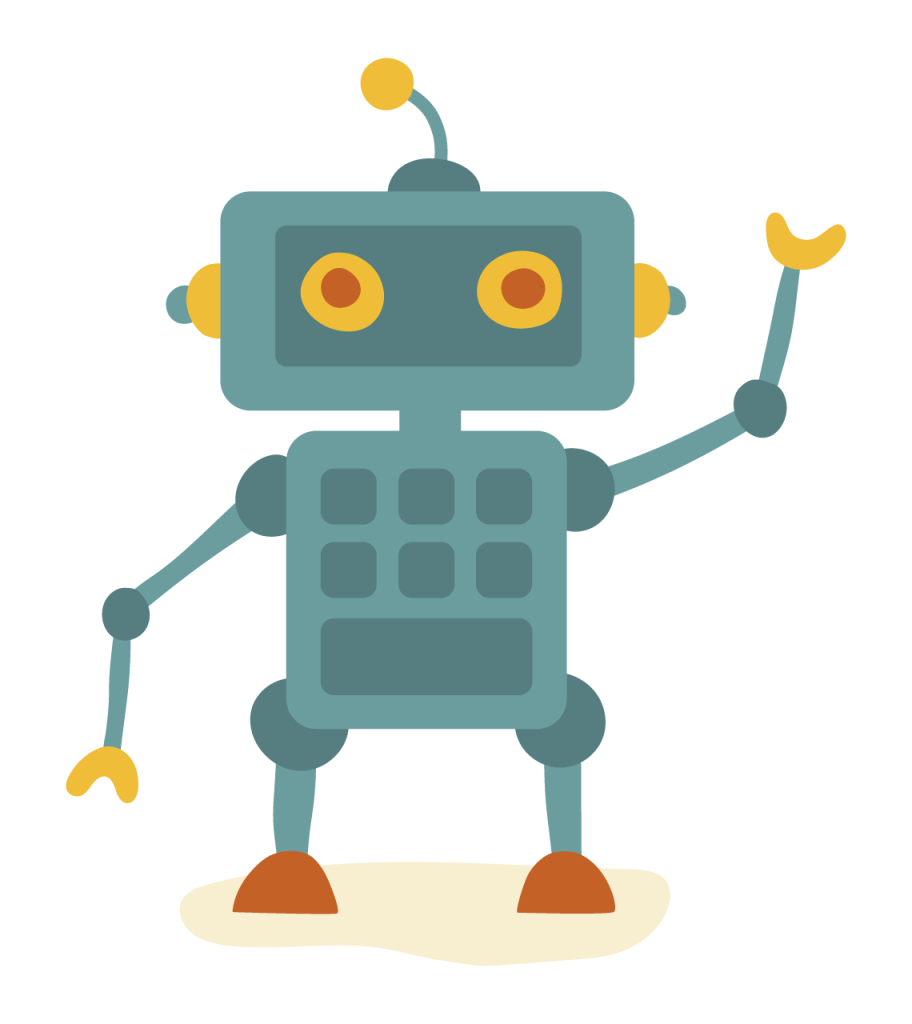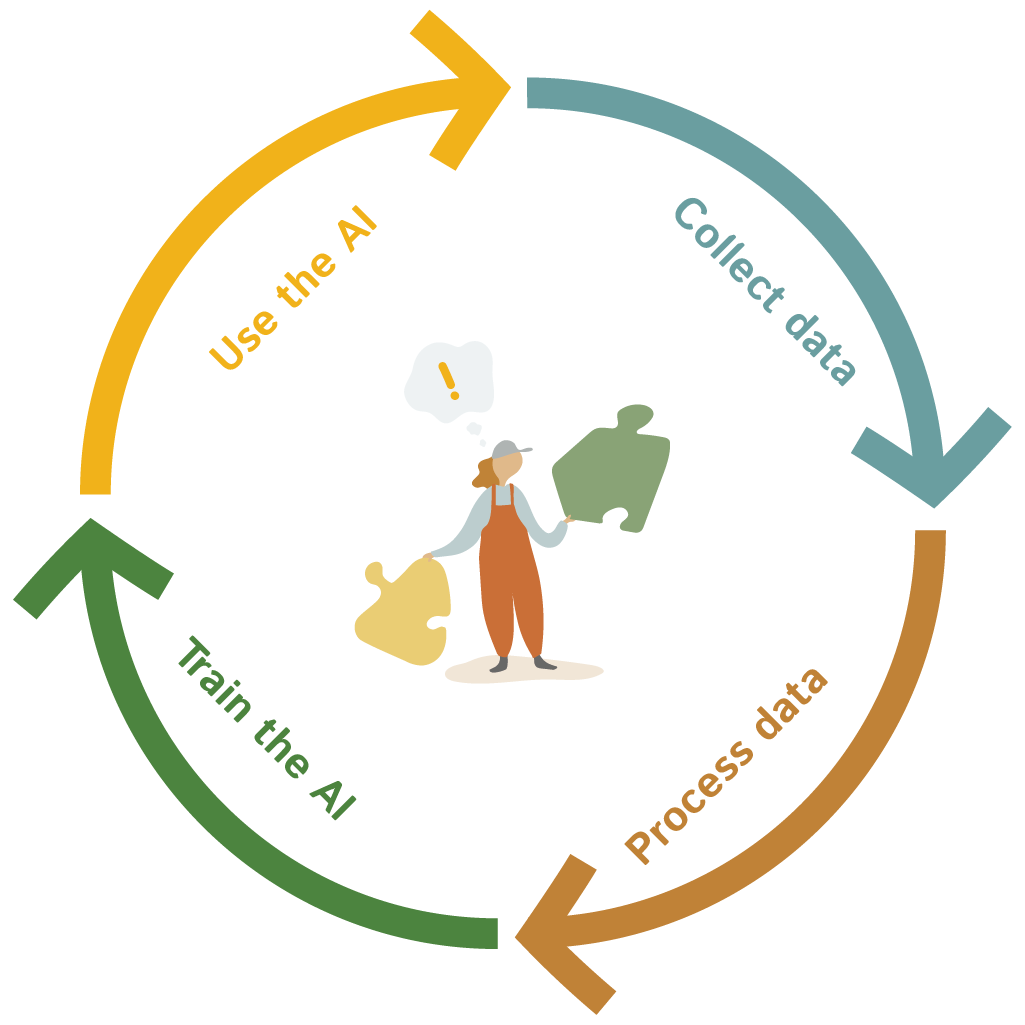Some important areas of agtech
Agtech is used to describe technology that is related to different parts of agriculture. The range of technologies is vast, but often agtech solutions are based on digitalization, automation, and artificial intelligence.
Digitalization & digital transformation
Digitalization in its original meaning is the process of storing analog information in a digital format. Examples of digitalization in agriculture is to use a farm management information system instead of pen and paper to plan the crop production, or having a local weather station that measures and stores the temperature instead of manually reading a thermometer and writing down the temperatures.
Today, digitalization is often used in a more broad sense where also the transformation of production processes and ways-of-working driven by the use of digital technology is also included in the concept. However, formally this is known as digital transformation but for everyday use the terms can be used interchangeably. Examples of digital transformations in agriculture is e-commerce solutions for spare parts and machines, or to include digital decision support systems and data in your operations.
Artifical intelligence - known to us as "AI"

I believe that no one have missed the vivid discussions about artifical intelligence and its potential benefits and risks. But what is it, really?
The domain artificial intelligence is vast and covers many different technologies and use-cases. Common words in the discussions on AI is machine learning, chatbots, and predictions.
To grasp the concept and idea about AI, it can be useful to think of it as a system where data (“information about the world”), models (“descriptions of the world”), and algorithms (“rules for computing”) are used by a computer to execute tasks, but at the same time also learning how to execute the task better. The choice of data, models and algorithms are highly dependent on the problem.
Looping to learn
Many AI-systems operates by a continous process where data is first collected and pre-processed. Once the data is available, it is used to train (“create”) the AI models that finally are used to solve tasks in the real world. By looping through the steps collect data, pre-process data, train AI m odels, use AI system continuously, the AI model becomes better and better over time.
During this loop and while using the AI system to solve the task at hand, human interaction with the AI system is often crucial to correct and support the AI to learn how to become better at solving the task.

Examples of areas where AI is used today
In the Agtech Letters we will look deeper into different solutions where AI is used to create value from data. But to show already now that AI is not something we will have in the future, but rather something we have here today, we provide a few examples where AI is used in agriculture.
Chatbots and generative AI
Ever since OpenAI released ChatGPT in November 2022, the number of chatbots and use-cases have exploded. What they have in common is that they are based on a sort of generative AI that can create texts, images, and movies using brief descriptions, or prompts.
Today, many use them as digital assistants for helping out with different tasks in work and at home.
Computer vision using ML
Analyzing images and image data can be done using different methods and with different purposes. In agriculture and many other business, using machine learning (or ML in brief) to find and use important information in images has been commonly used.
Some examples include finding weeds in images taken by a drone, estimating the weight of pigs using cameras, and detecting obstacles in front of a tractor.
Yield prognosis using satellites
AI technology and satellite images can be used to create a rough estimate of what crop that is grown on a field, and an estimate of the yield levels for a crop in an area. Even though the technology is not that exact yet, this type of information is very valuable for pricing and prognosis of for example wheat.
Agtechers' Actions
Do an inventory of your business operations with focus on questions such as: What digital tools to you use? Do you use AI today at your farm or in your business?
In the next Agtech Letter we look at autonomi and automation for agtech.


